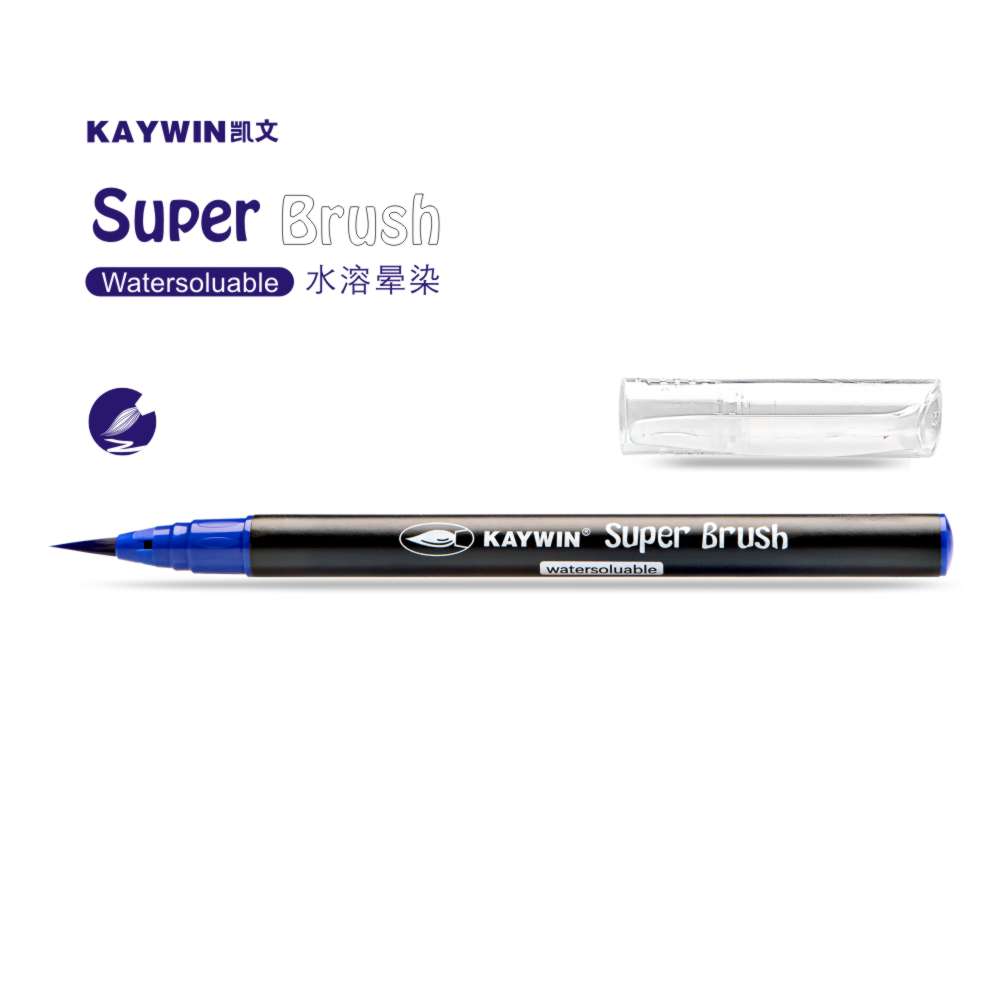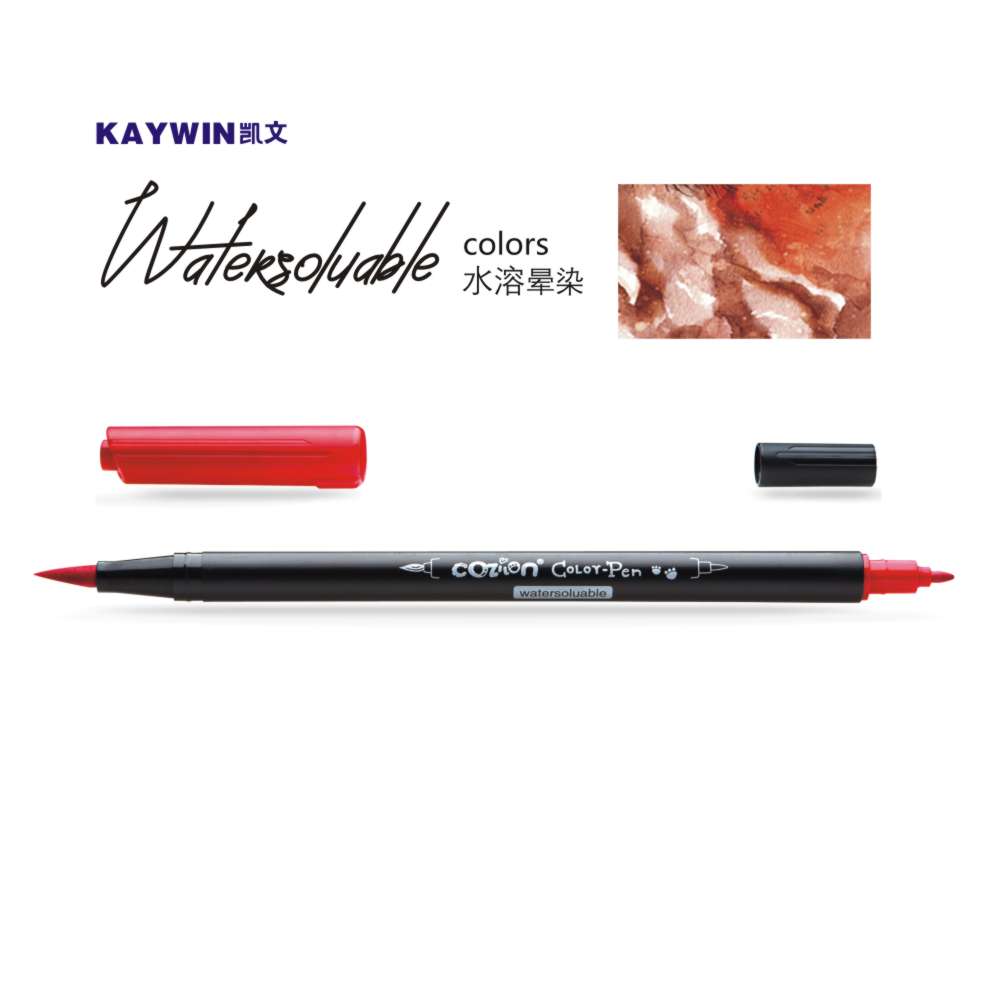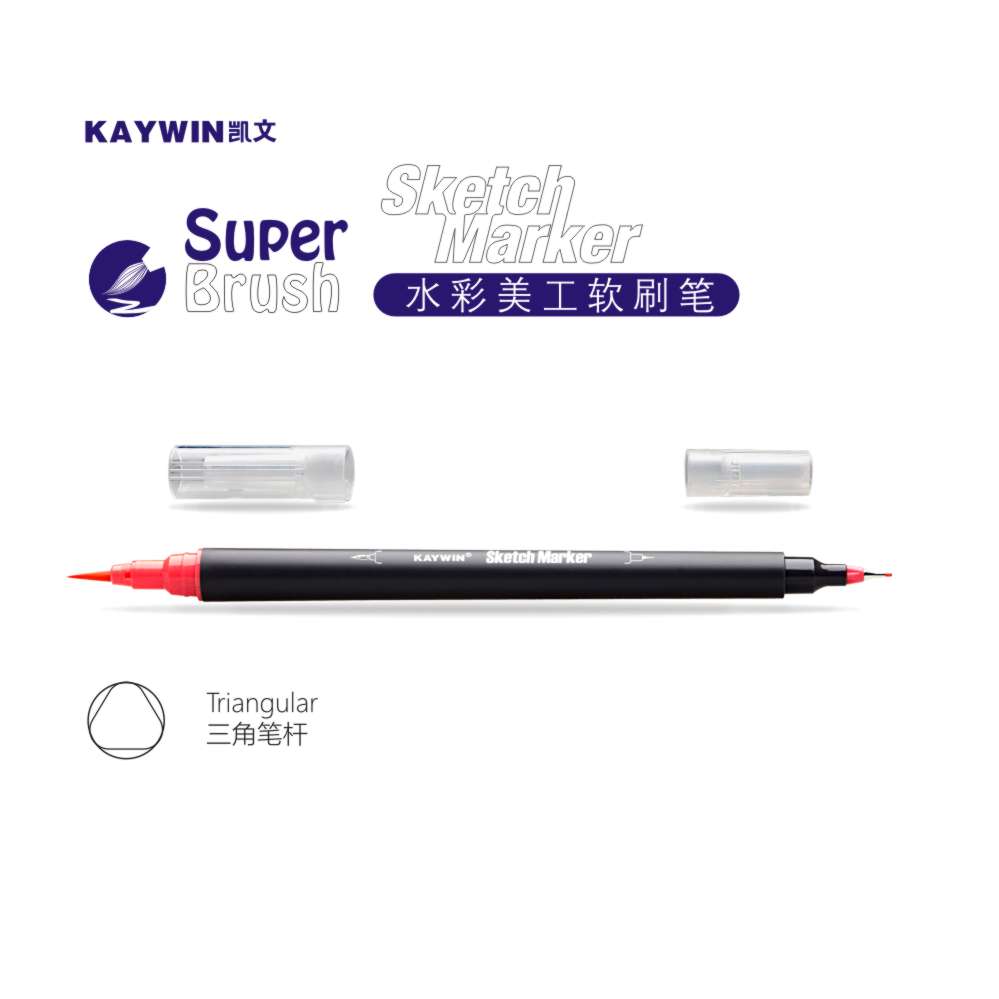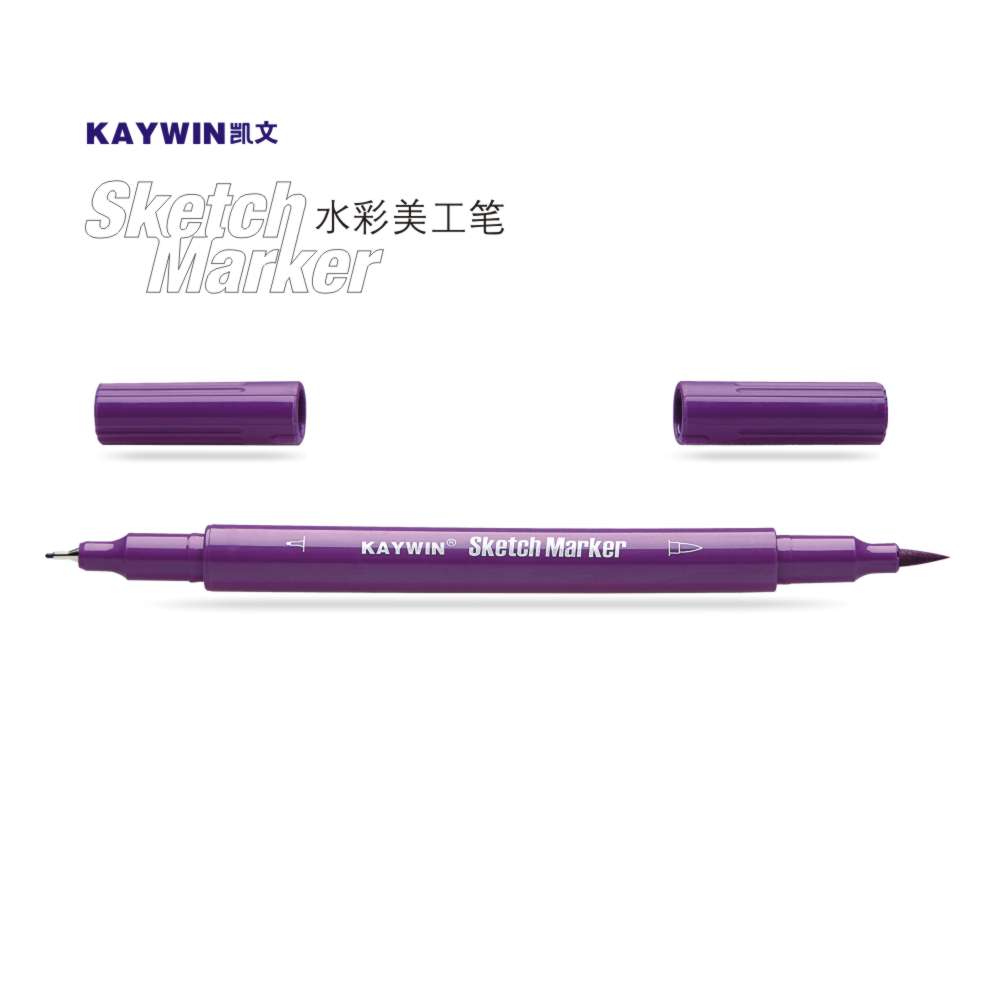Are Water-Based Markers The Same As Washable Markers?
Water-based markers are a popular option for crafters, artists, and kids. These inks are water-soluble and allow the user to draw, color, or do calligraphy with ease. They are perfect for experimenting with different colors and effects.
The main difference between washable and water-based markers is that not all water-based markers are washable. In comparison, all washable markers are water-based.
If you are not sure about whether or not a marker is washable, spritz some water on the tip. This will help you determine the type of ink. It is always best to test your marker on a scrap piece of paper before putting it on a final piece. You can then make adjustments as needed.
Lastly, it is important to remember that the quality of the ink can fade over time. For that reason, it is a good idea to choose water-based markers that are made from higher-quality dyes.
No matter what type of marker you want, you will find everything at Kaywin. We manufacture and supply water-based as well as washable markers that are affordable cost.
To know the difference between the two, continue reading.
What Are Water-Based Markers?
Water-based markers are markers that use a solution of water and glycerin to create an ink that can be applied to paper. They are commonly used for hand lettering but can also be used for other applications. These markers are typically less expensive than alcohol-based markers.
Water-based markers are best suited for a number of purposes, including coloring books and bullet journals. But they can be a bit more expensive than alcohol-based markers. And while they are easy to use, they do not offer as vibrant a color range as alcohol-based markers.
Some of the most popular brands of water-based markers are Kaywin Pens. Having super durable nylon fiber tips, they are ideal for creating faux calligraphy and smooth writing.
What Are Washable Markers?
Washable markers are a popular art tool for children. They are non-toxic and come in a variety of colors and sizes. These markers are also very easy to wash away.
They are available for purchase at most stores, including discount retailers and online merchants. A number of brands produce them. Some of the best include Kaywin washable markers.
These markers are great for kids to practice creativity and self-expression. They offer a wide range of vibrant colors, including complementary colors and primary and secondary colors. Their conical tips make it easy to draw thin lines or fill in large areas.
The inks in these markers are made with water-based mediums, which allow the pigments to be dissolved and run. This is one of the reasons they are safer than regular markers. When ingested or inhaled, poisonous solvents can damage the organs.
Are Water-Based Markers The Same As Washable Markers?
There are two main types of markers that are used to create artwork. These are washable markers and water-based markers. Many people use the terms interchangeably, but there is a difference between the two.
Washable markers are specifically designed for kids. The ink in these markers is non-alcoholic and water-based. This means it can be easily wiped off different surfaces. These markers are safe to use.
On the other hand, water-based markers have water-soluble ink. In fact, the washable marker is a type of water-based marker. However, not all water-based markers are washable. So, before you buy a marker, make sure you check the details.
Water-based markers are also a good choice for experimenting and learning. They are usually available in inexpensive sets and are a popular choice for students. Although they are not as colorful or vibrant as alcohol markers, they can provide a nice watercolor effect. They can be easily wiped off and are more kid-friendly than their alcohol counterparts.
Both types of markers are a great way to add color to your art projects. Nevertheless, it is important to consider your personal preferences and the type of project you’re working on. Choose a marker that will best suit your needs, and try out a few different types before making your final decision.
How to Use Water-Based Markers
Water-based markers are versatile tools used for various artistic and practical applications.
They are popular among artists, students, and professionals for their ease of use, vibrant colors, and minimal odor.
Here’s a step-by-step guide on how to use these water-soluble markers effectively:
Step 1: Prepare Your Workspace
Before you begin, ensure your workspace is clean and free of dust or debris.
Lay down a protective cover like a tablecloth or newspaper to prevent any accidental stains.
This is especially important when engaging in adult coloring with markers to avoid any unwanted mess.
Step 2: Choose the Right Paper
Selecting the right paper is crucial for achieving the best results with water-based markers.
Opt for smooth, heavy-weight paper that can absorb moisture without warping. Watercolor paper, marker paper, or mixed-media paper are excellent choices.
For those wondering what to do with colored pens, this is a crucial step to ensure your artwork stands out.
Step 3: Test Your Markers
Before starting your project, test your markers on a scrap piece of paper. This allows you to familiarize yourself with the colors and how they blend.
It’s also a good way to check for any dried-out or damaged markers. Using water-soluble markers can be particularly effective for blending and testing color transitions.
Step 4: Start with Light Colors
Begin your drawing with light colors and gradually move to darker shades.
Water-based markers can be layered to create depth and dimension, but starting with lighter tones helps to avoid muddying the colors.
This technique is especially useful for adult coloring with markers, where precision and detail are key.
Step 5: Blend Colors
To blend colors seamlessly, use a damp brush or a blender marker.
Lightly apply water to the areas where you want the colors to mix, and gently blend them together.
This technique creates smooth transitions and gradients, making your water-based marker artwork more dynamic.
Step 6: Add Details
Once the base colors are in place, add finer details using the marker’s tip.
Water-based markers typically have a flexible tip that allows for both broad strokes and intricate lines. Use this to your advantage to create texture and definition in your artwork.
Understanding what to do with colored pens at this stage can greatly enhance your final piece.
Step 7: Let It Dry
Allow your artwork to dry completely before adding any additional layers or details.
This prevents smudging and ensures that the colors remain vibrant.
Drying times can vary depending on the paper and the amount of water used. Using no bleed markers for coloring can help maintain the integrity of your design.
Step 8: Store Markers Properly
To extend the life of your water-based markers, store them horizontally in a cool, dry place.
This keeps the ink evenly distributed and prevents the tips from drying out.
Proper storage is essential for maintaining the quality of your water-soluble markers.
More Water-Based Marker FAQs
How Do You Know If Markers Are Water-Based?
Water-based markers are labeled as such on their packaging. You can also test them by applying water to the ink. If it spreads or dilutes, the marker is water-based.
Do Water-Based Markers Wash Off?
Yes, water-based markers are generally washable. They can be removed from skin, fabric, and many surfaces with water and mild soap, making them ideal for children’s use and for those who enjoy adult coloring with markers.
Do Water-Based Markers Bleed?
Water-based markers can bleed through thin or porous paper. To prevent this, use thicker paper specifically designed for markers, which will absorb the ink more effectively. Opting for no bleed markers for coloring ensures that your designs remain crisp and clean.
Water-Based Markers: In a Nutshell
Water-based markers are an excellent choice for artists of all ages due to their versatility and ease of use.
By following proper steps—such as preparing your workspace, choosing the right paper, and layering colors—you can achieve vibrant and professional results.
Remember to test your markers and blend colors carefully to create stunning effects. With proper storage, these markers can provide long-lasting creative enjoyment.
Their washability and low risk of bleeding make them user-friendly and safe, making them a fantastic tool for both beginners and experienced artists.
So, whether you’re exploring adult coloring with markers or figuring out what to do with colored pens, water-based markers are a great option.





